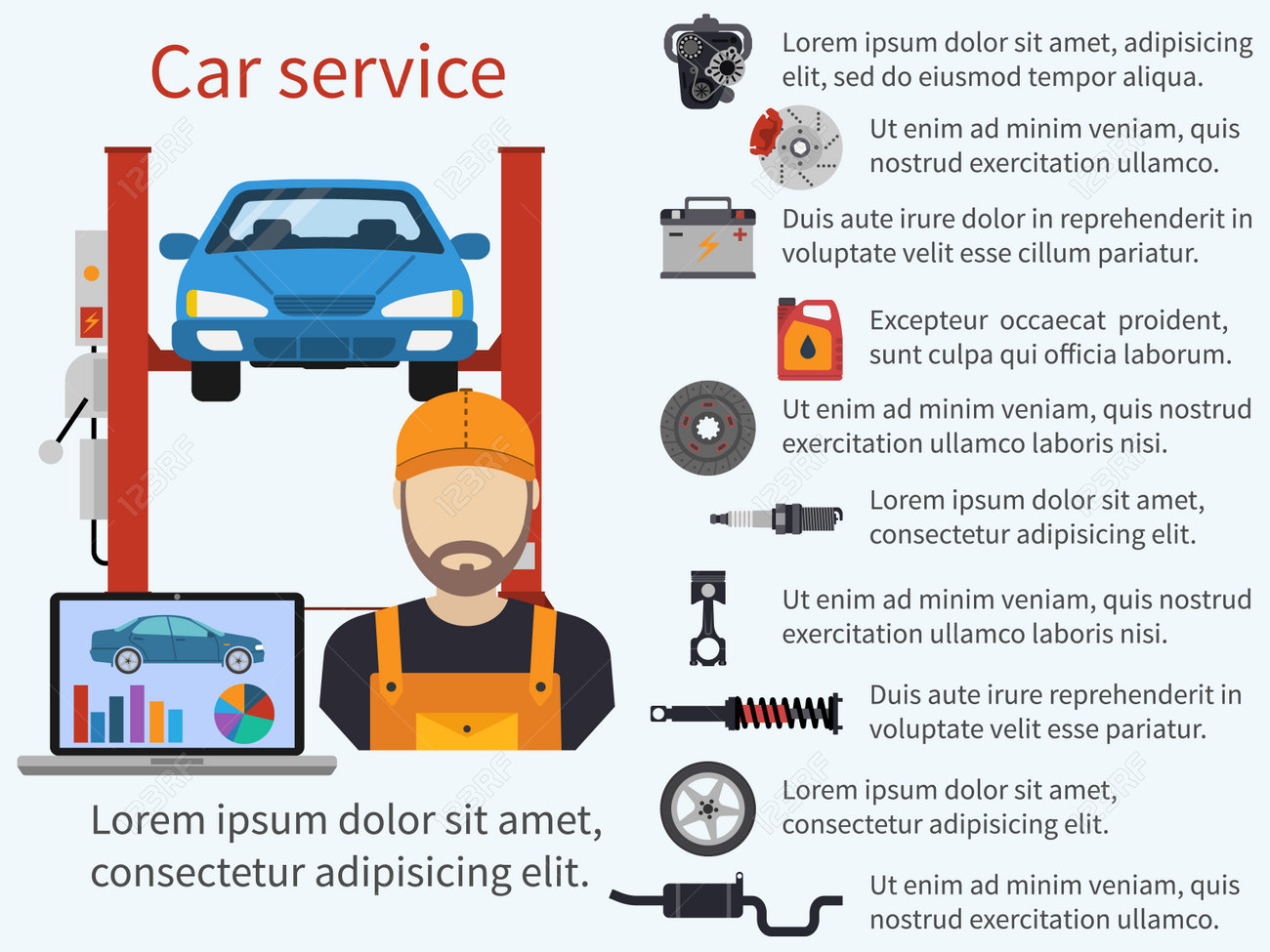Interested In Understanding The Caution Lights On Your Cars And Truck'S Control Panel? Discover Their Relevance For Your Car'S Safety And General Condition
Interested In Understanding The Caution Lights On Your Cars And Truck'S Control Panel? Discover Their Relevance For Your Car'S Safety And General Condition
Blog Article
Short Article By-Termansen Gilbert
When you're behind the wheel, those beautiful caution lights on your control panel can be a bit bewildering. Do you understand what they're trying to inform you about your car's health? Comprehending the importance of these lights is important for your safety and security and the long life of your automobile. So, the next time among those lights turns up, would not you intend to understand its message precisely and take the essential steps to resolve it?
Common Caution Lighting and Interpretations
Identify typical caution lights in your automobile and recognize their definitions to guarantee safe driving.
The most regular caution lights include the check engine light, which indicates problems with the engine or emissions system. If this light comes on, it's vital to have your vehicle checked promptly.
The oil stress advising light indicates low oil pressure, requiring immediate interest to stop engine damages.
A blinking battery light may suggest a damaged charging system, potentially leaving you stranded if not dealt with.
the detailing specialist monitoring system (TPMS) light informs you to reduced tire stress, affecting automobile security and fuel effectiveness. Disregarding this could bring about unsafe driving conditions.
The abdominal light indicates an issue with the anti-lock braking system, jeopardizing your capability to quit promptly in emergencies.
Finally, the coolant temperature level warning light warns of engine getting too hot, which can cause severe damages otherwise dealt with promptly.
Comprehending these common caution lights will certainly assist you deal with problems without delay and keep safe driving problems.
Significance of Prompt Attention
Recognizing the typical warning lights in your auto is just the initial step; the value of promptly dealing with these cautions can not be highlighted enough to guarantee your safety and security when driving.
When a caution light brightens on your control panel, it's your automobile's means of interacting a possible issue that requires focus. Ignoring these cautions can lead to extra extreme troubles down the road, compromising your security and possibly costing you a lot more out of commission.
Prompt interest to advising lights can prevent breakdowns and crashes. For instance, a blinking check engine light could show a misfire that, if left neglected, could trigger damages to the catalytic converter. Addressing stek dynoshield without delay can conserve you from a pricey fixing.
Likewise, a brake system advising light may indicate low brake liquid or worn brake pads, essential parts for your safety and security when driving.
DIY Troubleshooting Tips
If you discover a warning light on your control panel, there are a couple of DIY fixing ideas you can try before looking for expert assistance.
Read Homepage is to consult your vehicle's handbook to understand what the particular warning light indicates. Occasionally the problem can be as easy as a loose gas cap activating the check engine light. Tightening up the gas cap might resolve the issue.
Another common problem is a reduced battery, which can activate different advising lights. Examining the battery links for corrosion and ensuring they're secure may fix the problem.
If a warning light continues, you can attempt resetting it by separating the vehicle's battery for a couple of minutes and afterwards reconnecting it. Furthermore, checking your car's fluid degrees, such as oil, coolant, and brake fluid, can assist troubleshoot warning lights associated with these systems.
Conclusion
Finally, understanding your car's caution lights is important for maintaining your car running smoothly and safely. By promptly addressing these alerts and knowing what they imply, you can stay clear of pricey repairs and potential break downs.
Keep in mind to consult your vehicle's manual for specific details on each advising light and take action accordingly to ensure a trouble-free driving experience.
Remain informed, remain safe on the road!
